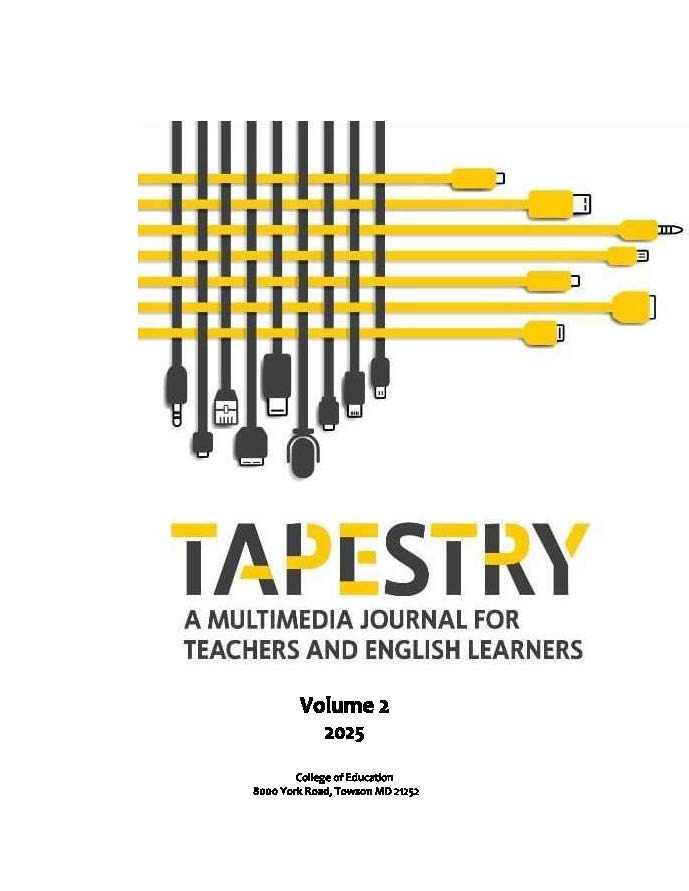Social-emotional Learning in Action: A Secondary Teacher of English Shares How It Can Work
DOI:
https://doi.org/10.59207/tap-tu.v2i.219Keywords:
socio-emotional learning, English secondary educationAbstract
In most cultures around the world, children are taken to school not only to acquire new knowledge but also to develop collaborative skills. Apart from helping students develop language skills, teachers can also instill social skills in learners in order to prepare them for life after school, where they will interact and work with people from diverse backgrounds. This is where social-emotional learning (SEL) comes in.
SEL is an inherent part of education and human development. Through SEL, young people and adults are able to acquire and apply the knowledge, skills and attitudes necessary to develop healthy identities, manage emotions, achieve personal and collective goals, develop empathy for others, maintain healthy relationships, as well as make responsible decisions (CASEL, 2024).
References
Aguilar, C., & Bridges C. (2024). A guide to the core SEL competencies: Activities and strategies. Panorama Education. https://www.panoramaed.com
Ahmed, I. A.B, Hamza, Y., & Abdullah, B. (2020). Effect of social and emotional learning approach on social-emotional competence. International Journal of Instruction,13(4). Retrieved from www.e-iji.net
Collaborative for Academic, Social, and Emotional Learning. (CASEL). (2024). What is the CASEL Framework? https://casel.org
Jones, S. & Doolittle, E. J. (2017). Social and emotional learning: Introducing the issue.27(1) pp. 3-11. Retrieved from http://www.jstor.org/stable/44219018
Downloads
Published
Issue
Section
License
Copyright (c) 2025 Nuru Said

This work is licensed under a Creative Commons Attribution 4.0 International License.



